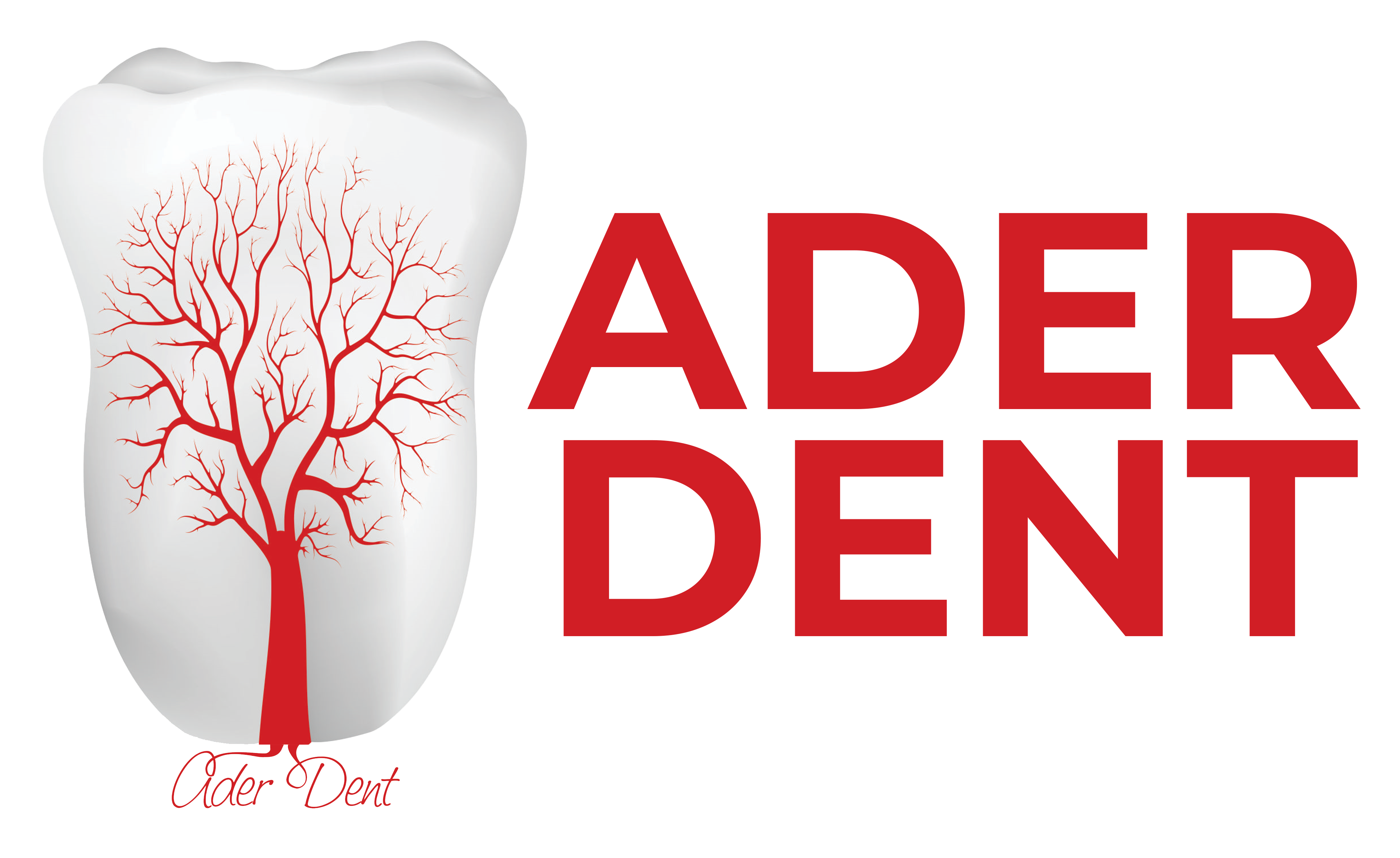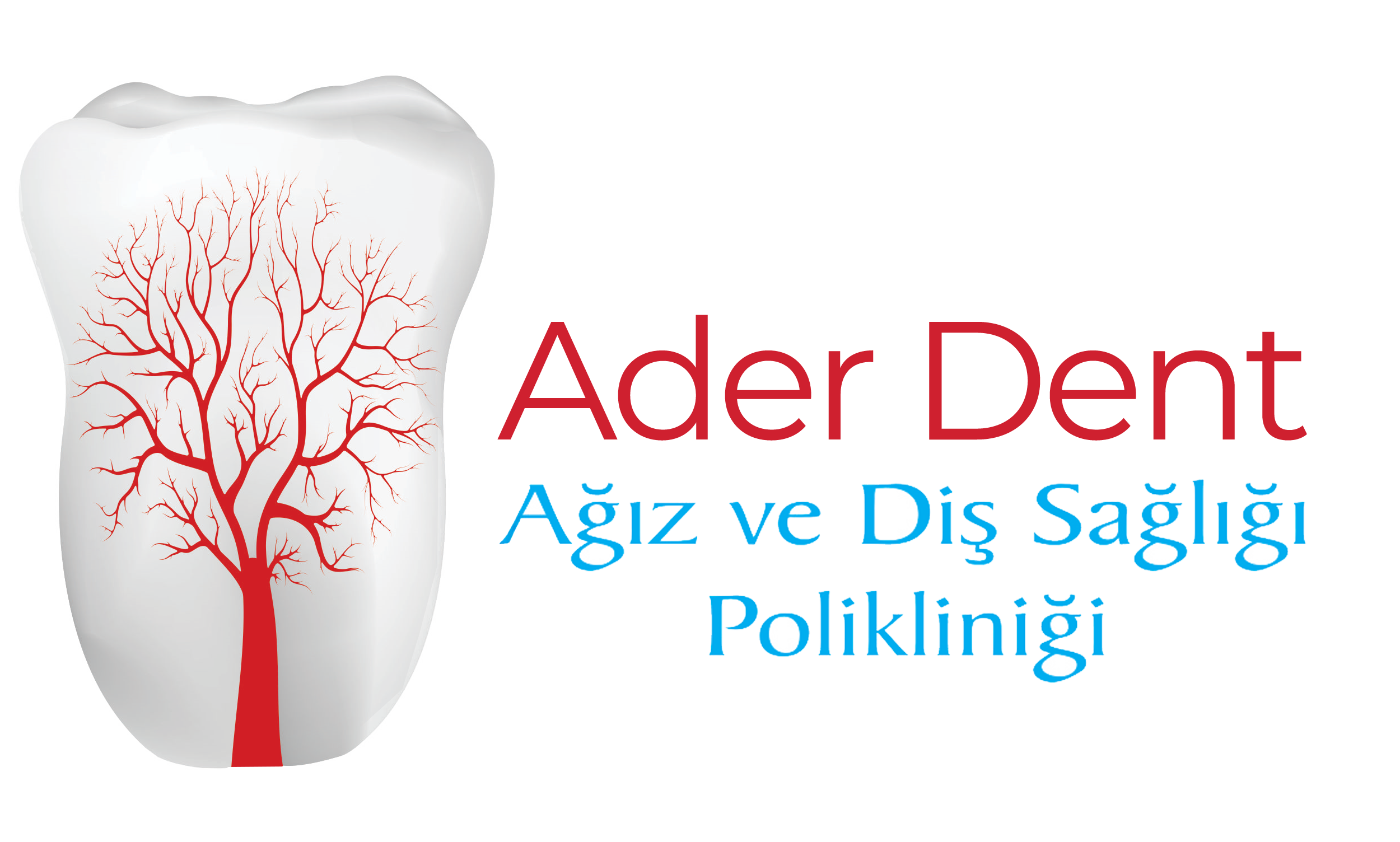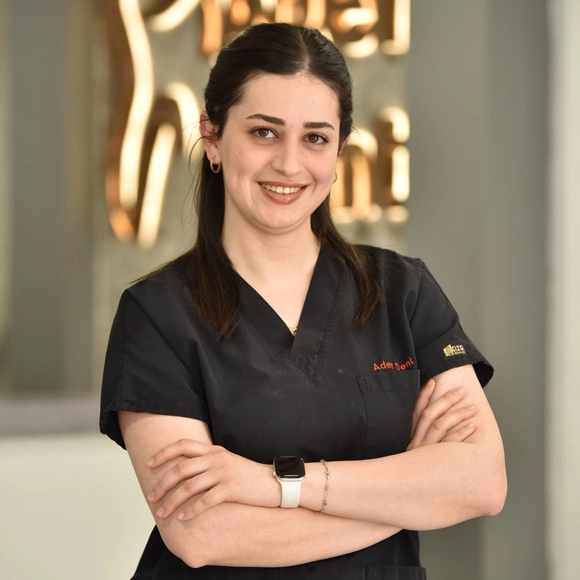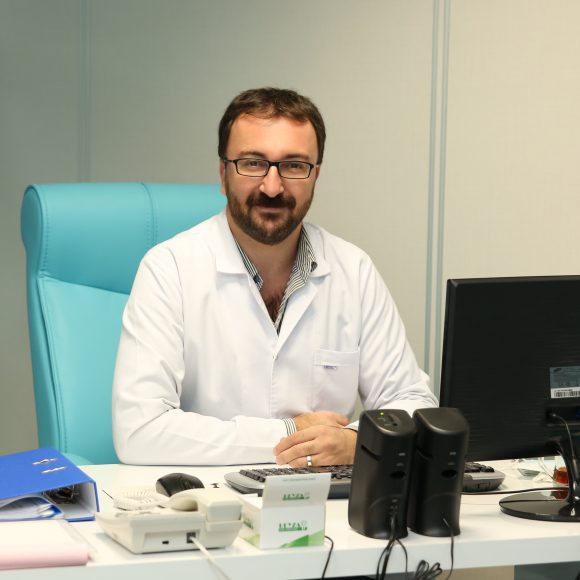Orthodontic treatment is a specialized branch of dentistry aimed at bringing the teeth and jaw structure into ideal aesthetic and functional alignment. During this process, gentle forces are applied to the teeth and jaws to gradually correct existing structural issues. The devices used may be fixed or removable, and the treatment plan is entirely personalized based on individual needs.
Why Is Orthodontic Treatment Necessary?
Orthodontic treatment is not solely for cosmetic purposes. It plays a significant role in addressing functional problems such as bite disorders, jaw development issues, and difficulties in chewing and speaking. Crowded or misaligned teeth can also increase the risk of tooth decay and gum disease later in life. Early diagnosis and intervention are therefore crucial. To ensure effective and lasting results, it is important to undergo orthodontic treatment under the supervision of a qualified dental clinic in Pendik.
When Should Orthodontic Treatment Begin?
Experts recommend the first orthodontic evaluation at around age 7. At this age, baby teeth begin to make way for permanent teeth, and jaw development accelerates. Early examinations can prevent more serious orthodontic problems in the future or allow for simpler, shorter treatments.
What Conditions Require Orthodontic Treatment?
- Crowded, impacted, or misaligned teeth
- Discrepancies between the upper and lower jaws
- Mouth breathing habits
- Harmful habits such as thumb sucking or nail biting
- Difficulty in chewing or speaking
- Protruding or recessed jaws
- Malocclusions (open bite, deep bite, crossbite)
- Premature or delayed loss of baby teeth
These conditions are indicators of structural problems that often require orthodontic intervention.
What Are the Types of Orthodontic Treatment?
Advancements in technology have expanded the range of orthodontic treatment options:
- Metal Braces: The most traditional and widely used method, particularly for children.
- Ceramic Braces: Less noticeable due to their tooth-colored appearance.
- Lingual Braces: Placed on the inner side of the teeth, making them invisible from the outside.
- Clear Aligners (Invisalign): A highly aesthetic and comfortable solution, especially popular among adults.
How Does the Orthodontic Treatment Process Work?
Before treatment begins, a comprehensive examination is performed by the orthodontist. This includes X-rays, intraoral scans, and photographs to develop a customized treatment plan. Depending on the type of appliance used, treatment duration typically ranges from 6 to 24 months. Attending regular check-ups, maintaining oral hygiene, and following the dentist’s instructions are vital for success.
What Happens After Orthodontic Treatment?
After active treatment is completed, a retention phase begins to preserve the new position of the teeth. Fixed or removable appliances called retainers are commonly used during this stage. The retention phase is as crucial as the treatment itself, as teeth have a natural tendency to shift back to their original positions.


 TR
TR




